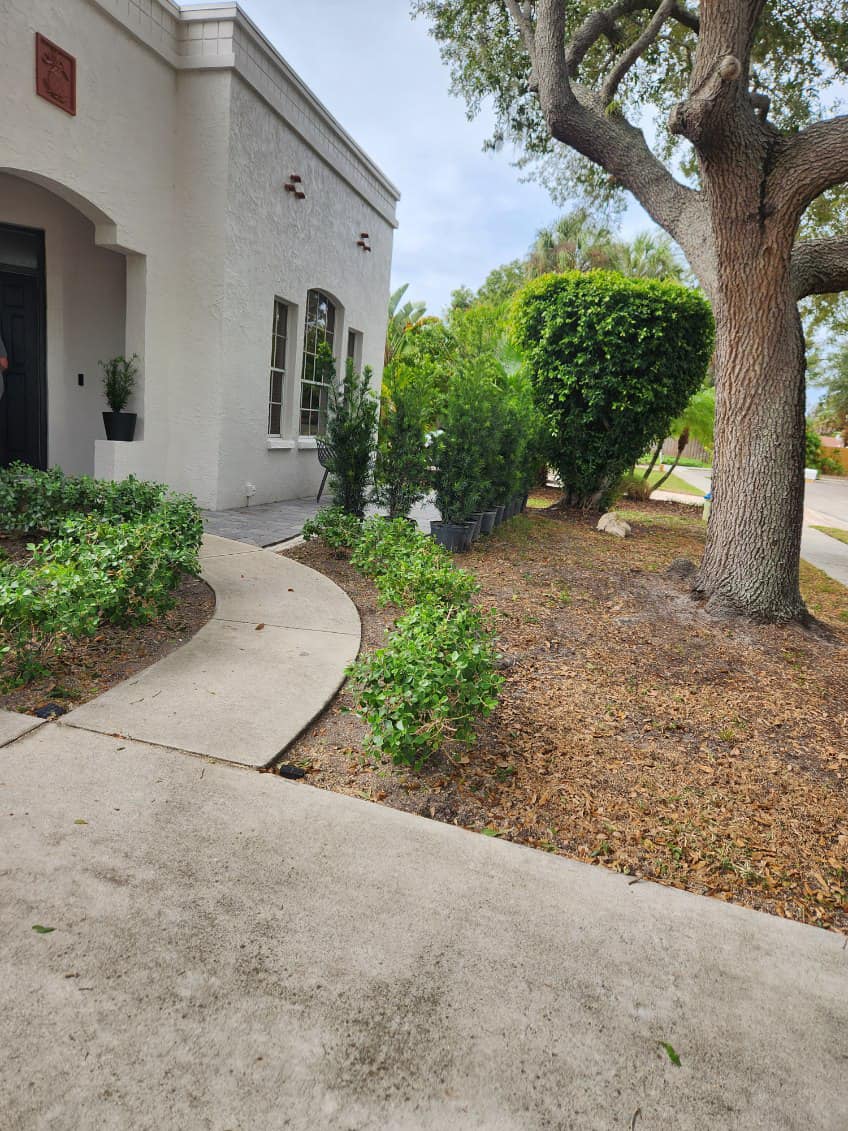
How to Identify and Treat Common Tree Diseases in Your Backyard Oct 27, 2025
Identifying common tree diseases is the first step toward effective management. Many diseases manifest through visible symptoms such as discolored leaves, abnormal growths, or dead branches. For instance, leaf spot diseases typically present as small lesions on leaves which can lead to premature defoliation. Such symptoms are often caused by fungi and can be treated by regularly removing affected leaves and ensuring proper air circulation around the tree’s canopy.
Another frequent issue is canker diseases, recognizable by sunken, dead areas of bark. These cankers often emerge due to environmental stress or pathogens and can girdle branches, effectively starving them. To manage canker diseases, prune infected branches back to healthy tissue, ensuring you sanitize your tools between cuts to prevent further spread.
Furthermore, root rot is a stealthy adversary that affects a tree’s roots, often due to waterlogged soil conditions or fungal infections. Trees suffering from root rot may exhibit yellowing leaves, wilting, or stunted growth. Address root rot by improving soil drainage, avoiding overwatering, and in severe cases, applying appropriate fungicides.
One of the more visible diseases is powdery mildew, which coats leaves in a white, powdery substance. While rarely fatal, this fungal infection can weaken trees and reduce their aesthetic appeal. To combat powdery mildew, prune affected areas, use fungicide sprays when necessary, and ensure maximum sunlight infiltration to the afflicted areas.
Proper prevention strategies can significantly reduce the prevalence of tree diseases. Start by selecting disease-resistant tree varieties when planting new trees. This proactive step, combined with strategic placement to avoid overcrowding, enhances the flow of air around trees and minimizes damp conditions that many pathogens thrive in.
Regular tree maintenance is also essential. This includes seasonal pruning to remove dead or diseased wood, which not only prevents the spread of pathogens but also stimulates healthy growth. Additionally, implementing a reliable watering schedule is crucial. Water deeply yet infrequently to promote strong root systems, making trees less susceptible to infections.
Incorporate mulch around the base of your trees to retain moisture and regulate soil temperature, while avoiding piling it against the trunk to prevent rot and pest infestations. Fertilizing appropriately according to your tree species’ needs also fortifies trees against diseases.
When faced with severe tree diseases, or if identification proves challenging, professional intervention is advisable. Companies like Nick of Time Tree Service offer expert assessments and solutions tailored to your needs, ensuring your backyard remains lush and vibrant.
In conclusion, understanding how to identify and address common tree diseases equips you with the knowledge to protect your precious backyard trees. Consistent care and attention, coupled with timely interventions, can mitigate the risks posed by diseases, ensuring your backyard remains a tranquil haven for years to come. By staying vigilant and proactive, you’re not just preserving your landscape; you’re investing in the beauty and health of your environment.
/filters:no_upscale()/media/d49c5e10-32af-4ef5-8a3e-7e2d63300965.webp)
/filters:no_upscale()/filters:format(webp)/media/8286790b-cd7b-4424-b22e-4a2022b13c2a.jpeg)